38 vitamins and minerals on food labels
Vitamins and minerals added to food - Food Standards There are also standards in Part 2.9 of the Code that permit or require vitamins and minerals to be added to 'Special Purpose Foods'. Examples of these types of foods include infant formula, meal replacements and supplementary foods. Labelling. Manufacturers must list added vitamins or minerals in the ingredient list on the food label. PDF Interactive Nutrition Facts Label - Vitamins and Minerals Chart Interactive Nutrition Facts Label • October 2021 Vitamins and Minerals Chart 1 , Vitamins, VITAMIN, WHAT IT DOES, WHERE IT IS FOUND, DAILY, VALUE*, Biotin, Energy storage • Protein, carbohydrate,...
Displaying vitamins and minerals on your product labels - Xyris To select other nutrients to show in your label, select File > Database Properties, then: Click the Nutrients & Components, In the Show Components box select " all nutrients available in FoodWorks " from the dropdown box. Select the additional nutrients that you want to show. In this example, we are selecting calcium and iron. Click OK.
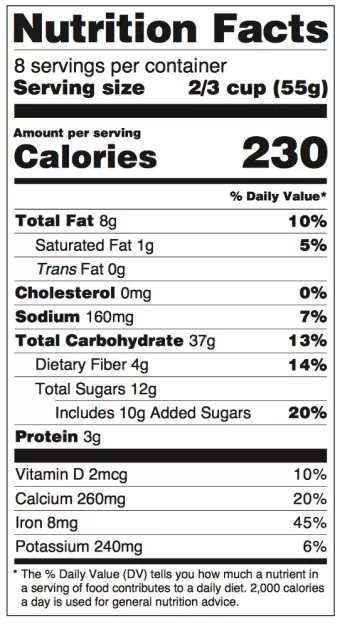
Vitamins and minerals on food labels
Nutrition Facts Labeling — FDA Reader Vitamins (listed in order) Vitamin A, Vitamin C, Vitamin D, Vitamin E, Vitamin K, Thiamin, Riboflavin, Niacin, Vitamin B6, Folate, Vitamin B12, Biotin, Pantothenic Acid, Choline, Macronutrients & Minerals (In order) Calcium, Iron, Phosphorus, Iodine, Magnesium, Zinc, Selenium, Copper, Manganese, Chromium, Molybdenum, Chloride, Potassium, Food labeling: MedlinePlus Medical Encyclopedia VITAMINS AND MINERALS, Vitamin D, calcium, iron, and potassium are the only micronutrients required to be on the food label. Food companies can voluntarily list other vitamins and minerals in the food. PERCENT DAILY VALUE (% Daily Value) Many nutrients include a percent daily value (%DV). Where are the vitamins and minerals on a nutrition labels? The Nutrition Facts label may include the following 14 minerals: Calcium, chloride, chromium, copper, iodine, iron, magnesium, manganese, molybdenum, phosphorus, potassium, selenium, sodium, and zinc are some of the minerals found in the human body. On a nutrition label, how are ingredients listed?
Vitamins and minerals on food labels. What Vitamins And Minerals Are Required On A Food Label Vitamins Required on Label, Vitamin D and potassium values are required. Vitamins A and C will not be required however could be included on a voluntary foundation. Slight Lower in Sodium Allowance, The day by day restrict for sodium decreased barely from 2,400 mg per day to 2,300 mg per day. How To Read Food and Beverage Labels - National Institute on Aging At the top of the Nutrition Facts label, you will find the total number of servings in the container and the food or beverage's serving size. The serving size on the label is based on the amount of food that people may typically eat at one time and is not a recommendation of how much to eat. Read more about serving and portion sizes. What vitamins and minerals are required on a food label? How many vitamins and minerals are required on a food label? Only 2 vitamins (A and C) and 2 minerals (calcium and iron) are required on the food label. But, when vitamins or minerals are added to the food, or when a vitamin or mineral claim is made, those nutrients must be listed on the nutrition label. What to look for on a nutrition label? Understanding Nutrition Facts on Food Labels - WebMD Specific vitamins and minerals; Serving Size: An Important Part of Food Labels. At the top of the Nutrition Facts section, you'll see the serving size (such as 1/2 cup, five crackers, or 10 chips) and servings per container (such as two, four, six). The food label then lists the number of calories, grams of fat, grams of saturated and trans fat ...
Vitamins And Minerals In Food List - TheFitnessManual Macrominerals are needed in larger amounts and include calcium, potassium, sodium, chloride, phosphorus, and magnesium Although equally important, trace minerals, including iron, copper, fluoride, selenium, zinc, chromium, molybdenum, iodine, and manganese, are needed in smaller amounts Here are 16 foods that are rich in minerals. Reading and Understanding Food Labels and Nutrition Info - Beaumont Health Vitamins and minerals Two vitamins and two minerals will be listed at the bottom of the label under protein. The percentages next to these indicate what percent of the daily value for these nutrients is found in these foods. These crackers, for example, are not a good source of vitamin A or C, but they do contribute a tiny bit of calcium. Food Labels | Nutrition.gov What's New with the Nutrition Facts Label. HHS, Food and Drug Administration. The U.S. Food and Drug Administration (FDA) has updated the Nutrition Facts label on packaged foods and beverages with a fresh design that will make it easier for you to make informed food choices that contribute to lifelong healthy eating habits. What's in a Name? Addition of vitamins and minerals - Food Safety The Commission, on the basis of a request by a Member State, has initiated the procedure under Article 8 of Regulation (EC) No 1925/2006 on the addition of vitamins and minerals and of certain other substances to foods for the intake of alpha-lipoic acid in food supplements because of the potential risk to health associated with the intake of th...
FDA (US) Nutrition Label Rounding Rules - ReciPal When the FDA updated its rules in 2016, it decided to add a requirement to show an actual amount (in mg or mcg) for the mandatory vitamins and minerals in the panel (Vitamin D, Potassium, Calcium, and Iron) as well as for any optional ones like Vitamins A and C, Folate, Zinc, etc. How to calculate percents of vitamins and minerals on nutrition labels? In the Nutrition Facts label, which vitamins and minerals are listed? Biotin, choline, folate, niacin, pantothenic acid, riboflavin, thiamin, and vitamins A, b6, b12, c, d, e, and K are among the 14 vitamins that may be stated on the Nutrition Facts label. Minerals are inorganic substances present in soil and water naturally. Vitamins and Minerals | Nutrition.gov Vitamin and Mineral Supplement Fact Sheets, HHS, National Institutes of Health, Office of Dietary Supplements, Explore an A to Z list of fact sheets for vitamin and mineral supplements. Vitamin D, U.S. Department of Veterans Affairs, Learn how to get enough vitamin D each day from foods and other sources. Vitamin K Content of Foods, PDF Nutrition Facts Labels They're an important source of vitamins and minerals and are typically high in dietary fiber. − Limit refined grains, especially in products high in calories, saturated fat, added sugars, and/or ... • Check the ingredient list on nutrition labels. Added sugar comes in the form of syrup (corn, high-fructose corn, malt, maple, and pancake),
Food Labels | CDC - Centers for Disease Control and Prevention In general, eat more foods that are higher in vitamins, minerals (such as calcium and iron), and fiber. Eat fewer foods that are higher in added sugars, saturated fat, and sodium (salt), and avoid trans fat. Keep in mind that the % Daily Value of each nutrient, such as total fat of 10% in the example below, is based on eating 2,000 calories a day.
Daily Value on the New Nutrition and Supplement Facts Labels Which Nutrients Are Required to Be Listed on the Nutrition and Supplement Facts Labels? The Nutrition Facts label must list total fat, saturated fat, trans fat, cholesterol, sodium, total...
Vitamins and Minerals - NCCIH Vitamins and minerals are essential substances that our bodies need to develop and function normally. The known vitamins include A, C, D, E, and K, and the B vitamins: thiamin (B 1 ), riboflavin (B 2 ), niacin (B 3 ), pantothenic acid (B 5 ), pyridoxal (B 6 ), cobalamin (B 12 ), biotin, and folate/folic acid.
Dietary Supplement Labeling Guide: Chapter IV. Nutrition Labeling This results in the following order for vitamins and minerals: Vitamin A, vitamin C, vitamin D, vitamin E, vitamin K, thiamin, riboflavin, niacin, vitamin B6, folate, vitamin B12, biotin,...
Vitamins and minerals, explained | Center for Science in the Public ... Thiamin (B-1), Riboflavin (B-2), Niacin (B-3), and Vitamin B-6. The DVs for these B vitamins dropped slightly. Way-above-the-DV doses are useless but probably safe. Exceptions: levels over 35 milligrams of niacin from supplements can cause flushing of the skin and more than 100 mg of B-6 can cause (reversible) nerve damage and skin lesions.
FDA Rounding Rules for Your Food Label - LabelCalc Vitamins and Minerals (Vitamin A, Vitamin C, Calcium, and Iron) If your product has: A vitamin or mineral value with less than 2% of the Recommended Daily Intake (RDI), it can be expressed in the following four ways: Zero; A statement that says something to the effect of, "less than 2% of the Daily Value for X nutrient."
Why the Nutrition Facts Label Can Lead You Astray On a side note, Nutrition Facts labels aren't required to list any vitamins and minerals except vitamin A, vitamin C, calcium, iron, and sodium. Why not the others? Because the FDA did not consider them vital for Americans. There are many arguments on how that is not in agreement with current scientific evidence. But there's hope on the horizon.
Which vitamins and minerals do you need and how can you get them? Evidence suggests that this vitamin can benefit your heart, your memory, and improve balance. Foods that contain vitamin B12 are meat, fish, eggs, dairy products, fortified cereals, and nutritional yeast. ASEA® VIA Source uses natural concentrated, stable B-complex vitamins to help aid energy, concentration, memory, and mood. Your body is ...
New Food Label Spotlight: Vitamins and Minerals In the updated label, that same section will jettison vitamin A and vitamin C (the FDA asserts, "In the early 1990's, American diets lacked Vitamins A and C, but now Vitamins A and C deficiencies in the general population are rare"), replacing them with vitamin D and potassium. Calcium and iron will remain on the label.
MegaFood: Food Based Vitamins & Supplements | MegaFood Multivitamins and supplements made with whole food and added nutrients. Non-GMO, organic, vegetarian and certified glyphosate residue free supplements. ... Minerals; Vitamins B, C, & D; Food & Herbal Formulas; Booster Powders; Shop by Health Goal ... Label Updates; Affiliate Program; Shop. All Vitamins & Supplements; Multivitamins; Minerals;
Where are the vitamins and minerals on a nutrition labels? The Nutrition Facts label may include the following 14 minerals: Calcium, chloride, chromium, copper, iodine, iron, magnesium, manganese, molybdenum, phosphorus, potassium, selenium, sodium, and zinc are some of the minerals found in the human body. On a nutrition label, how are ingredients listed?
Food labeling: MedlinePlus Medical Encyclopedia VITAMINS AND MINERALS, Vitamin D, calcium, iron, and potassium are the only micronutrients required to be on the food label. Food companies can voluntarily list other vitamins and minerals in the food. PERCENT DAILY VALUE (% Daily Value) Many nutrients include a percent daily value (%DV).
Nutrition Facts Labeling — FDA Reader Vitamins (listed in order) Vitamin A, Vitamin C, Vitamin D, Vitamin E, Vitamin K, Thiamin, Riboflavin, Niacin, Vitamin B6, Folate, Vitamin B12, Biotin, Pantothenic Acid, Choline, Macronutrients & Minerals (In order) Calcium, Iron, Phosphorus, Iodine, Magnesium, Zinc, Selenium, Copper, Manganese, Chromium, Molybdenum, Chloride, Potassium,
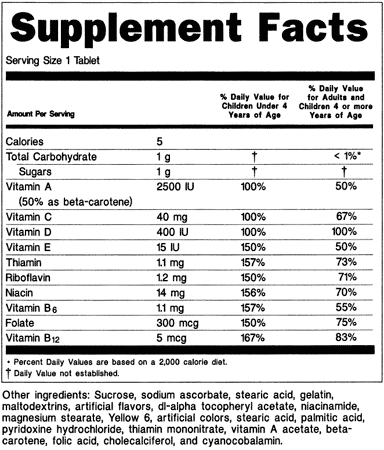

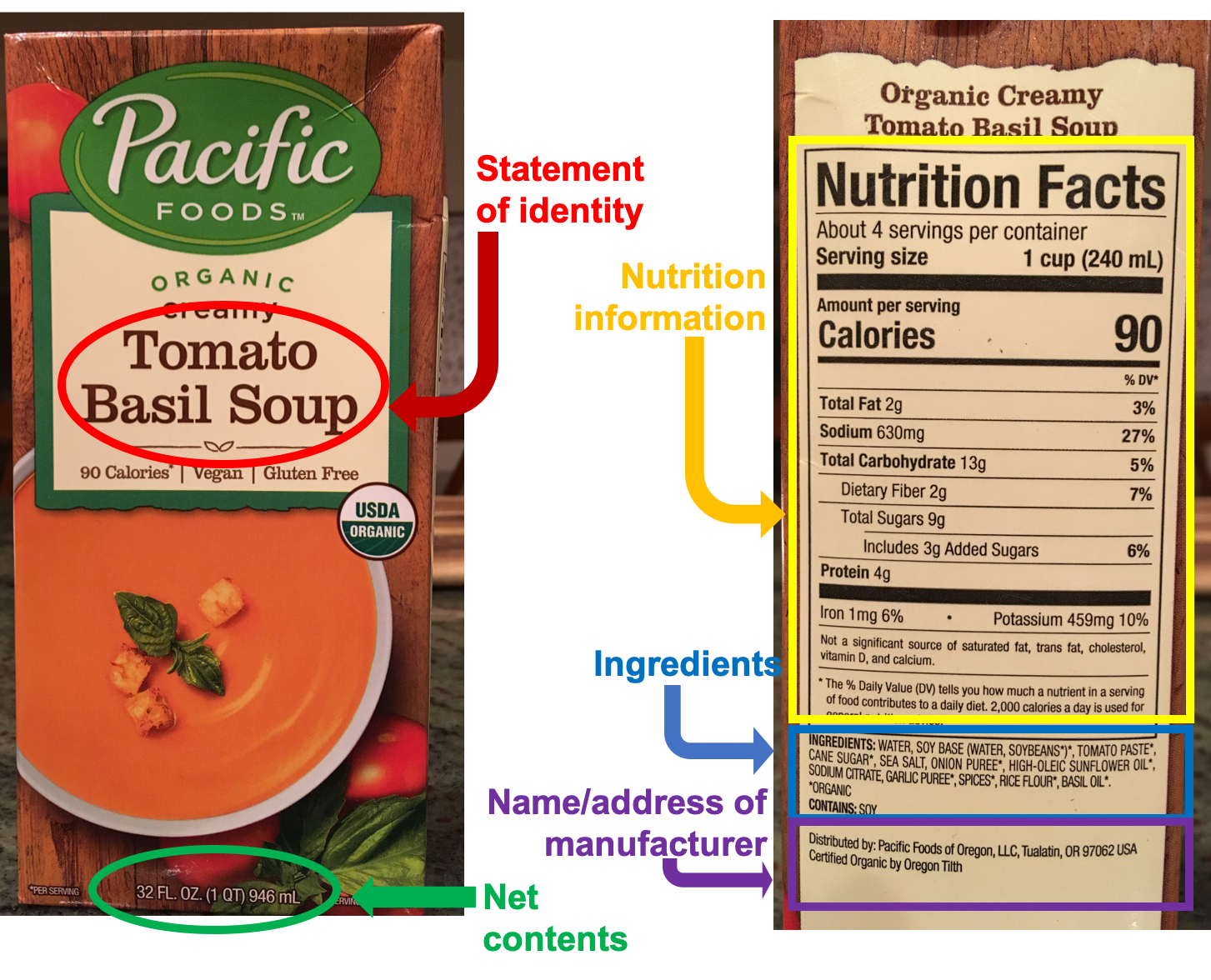
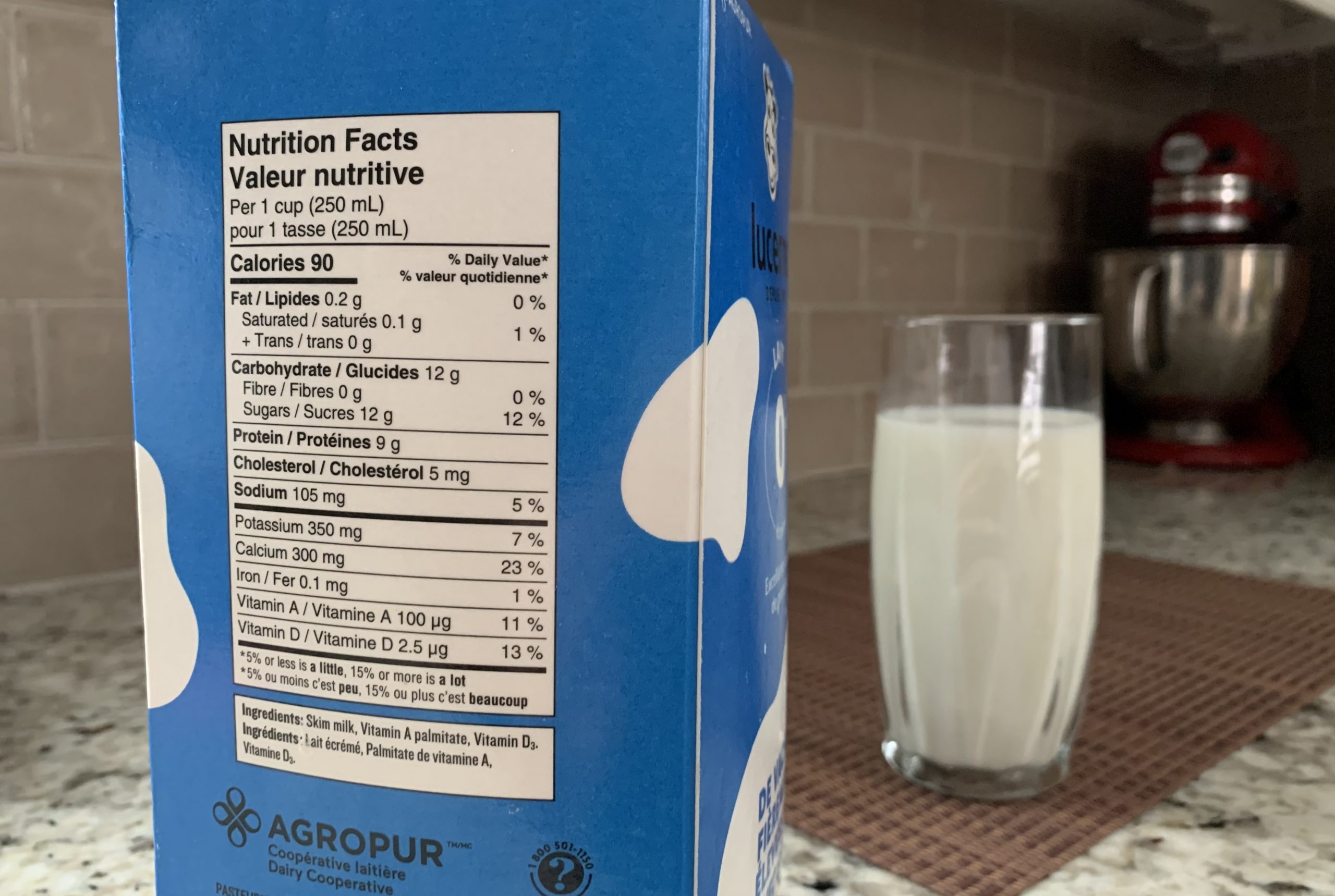



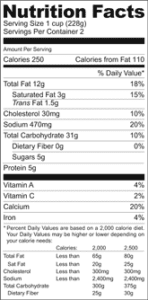
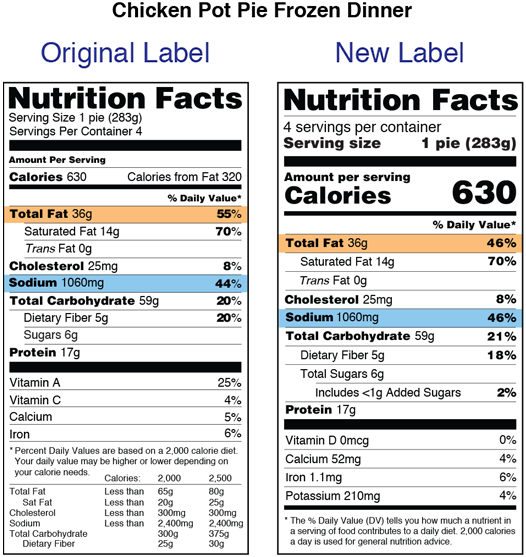
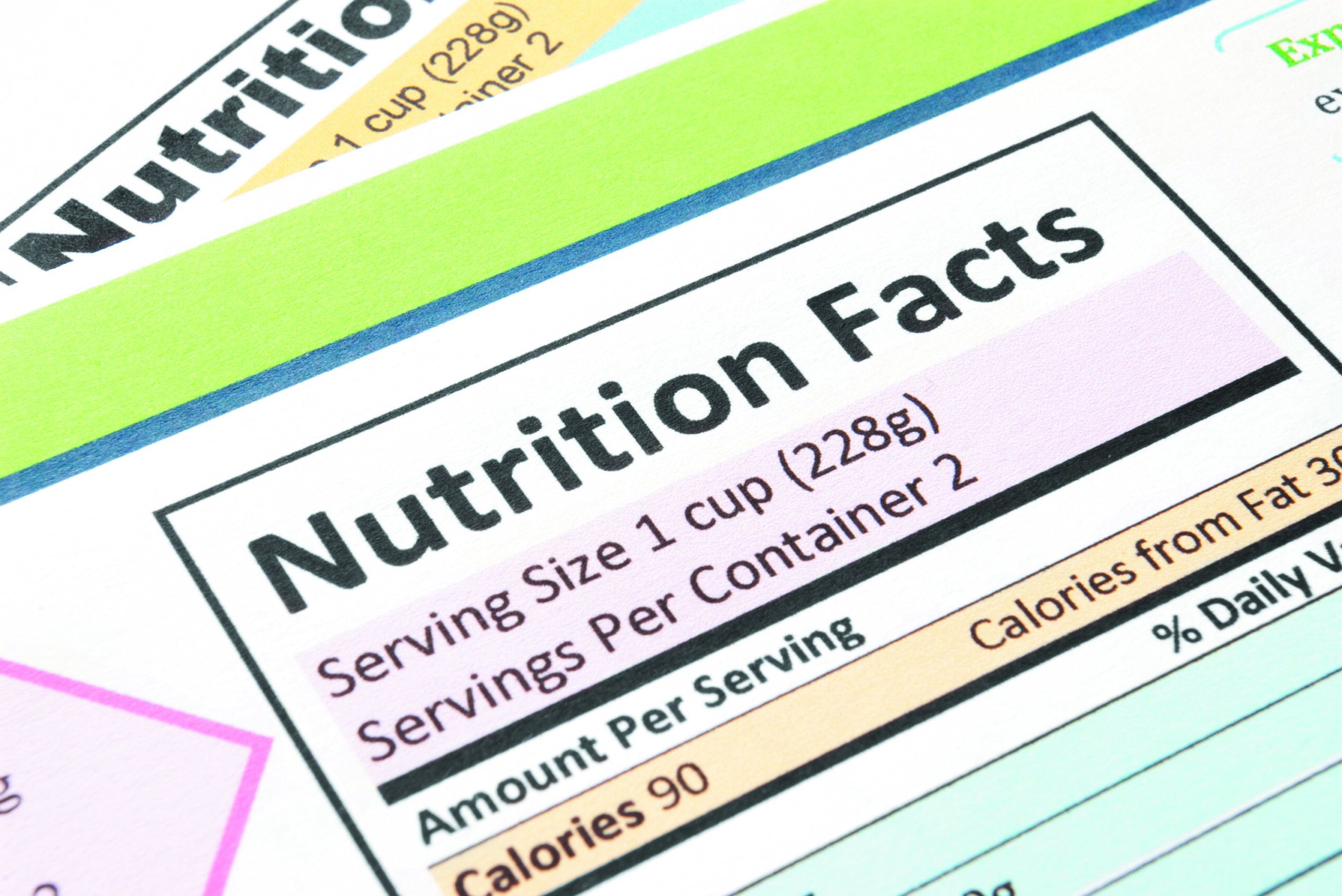


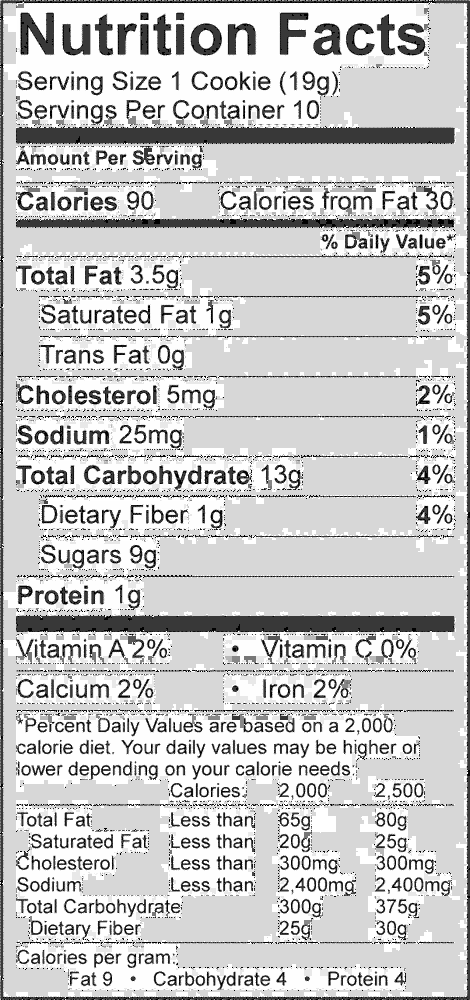
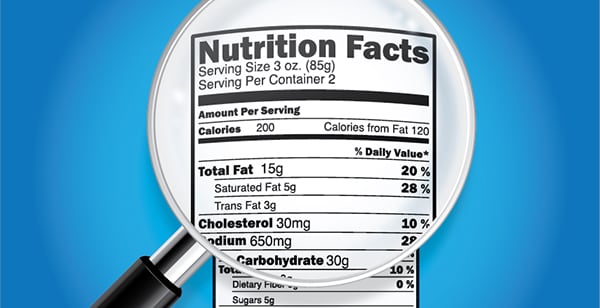
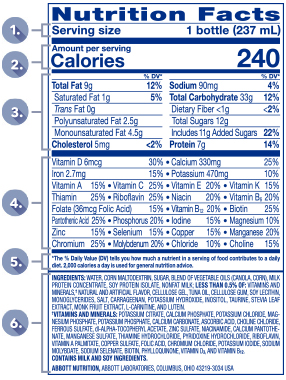
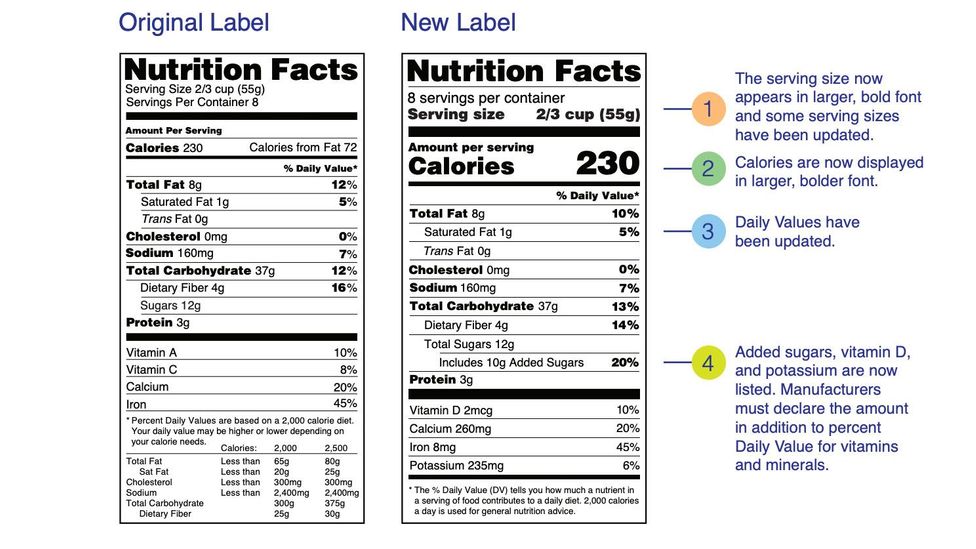
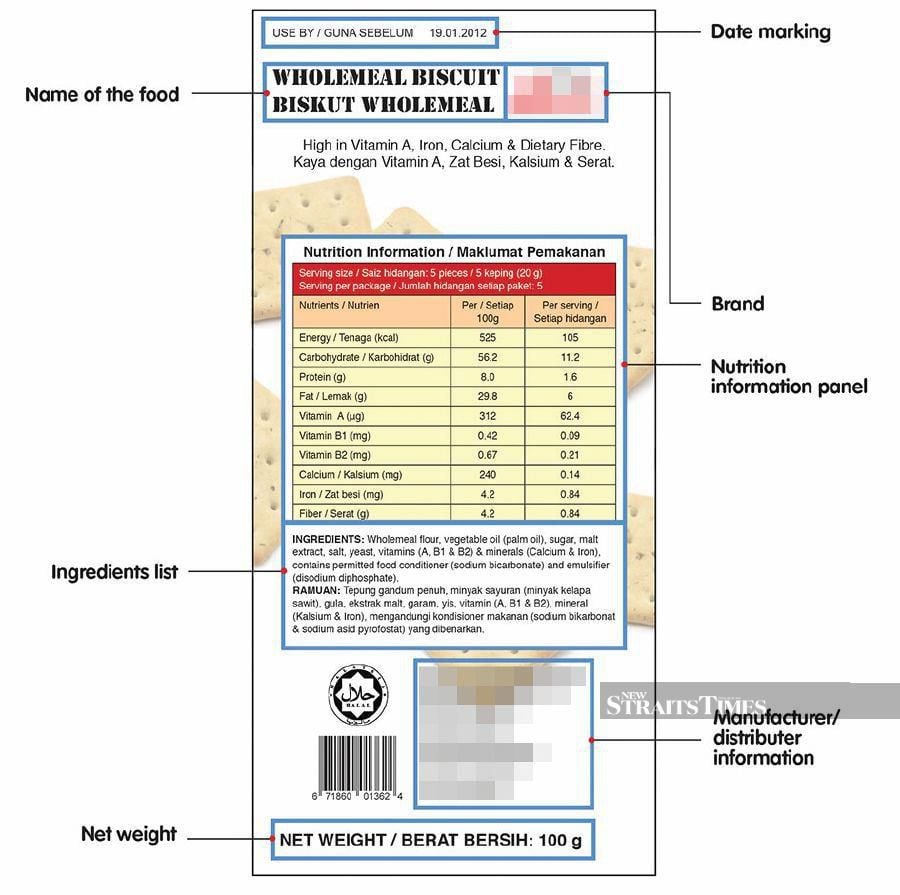


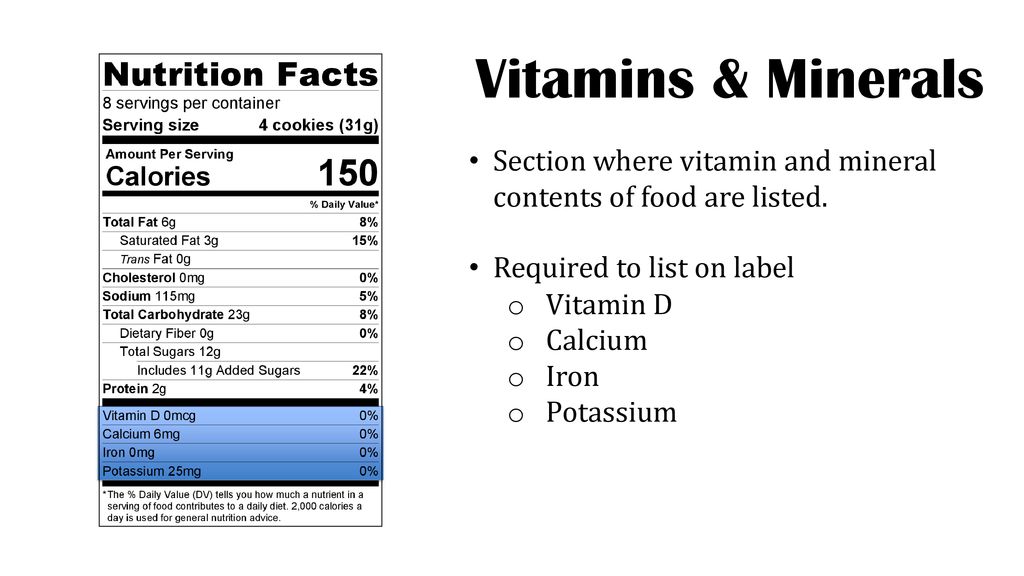


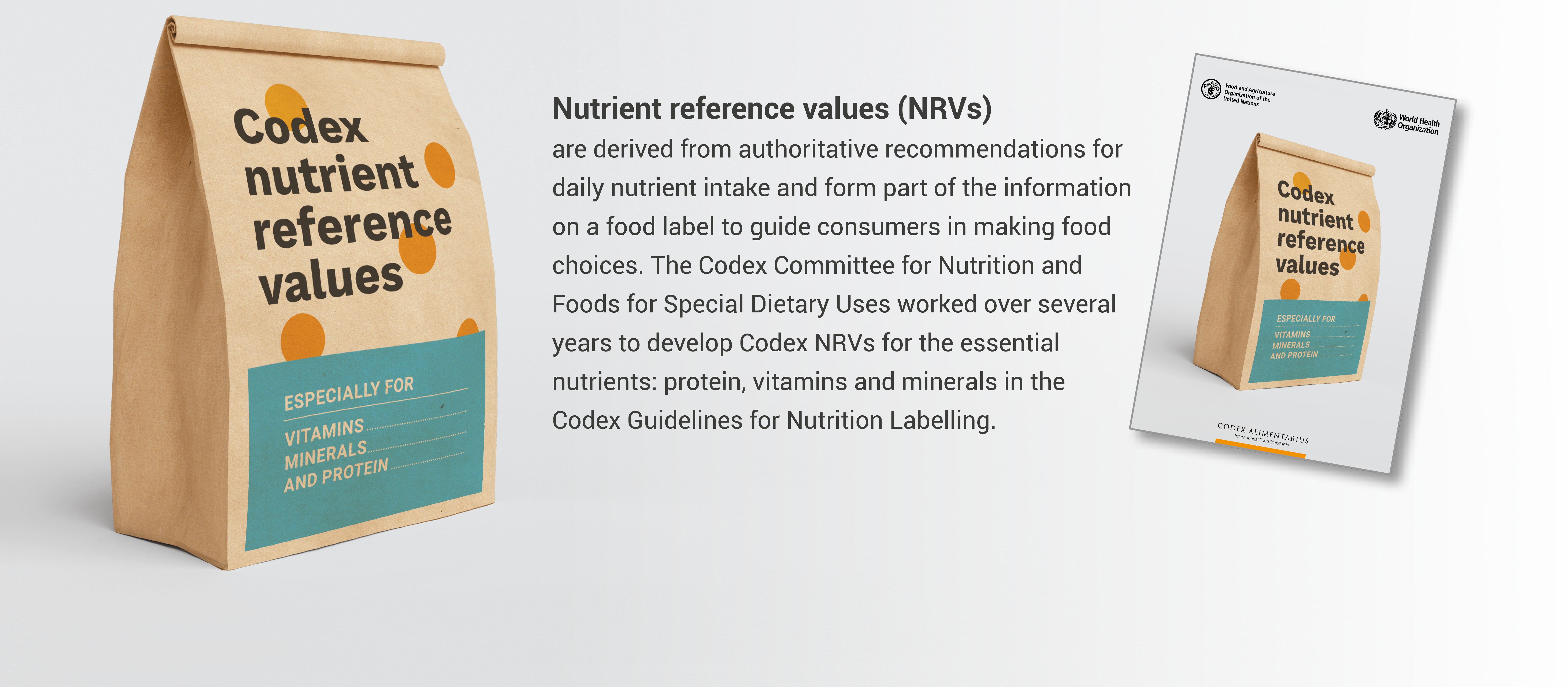
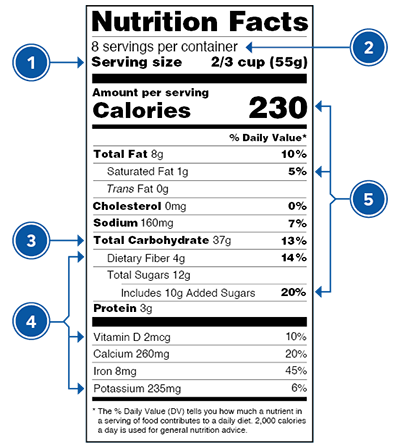

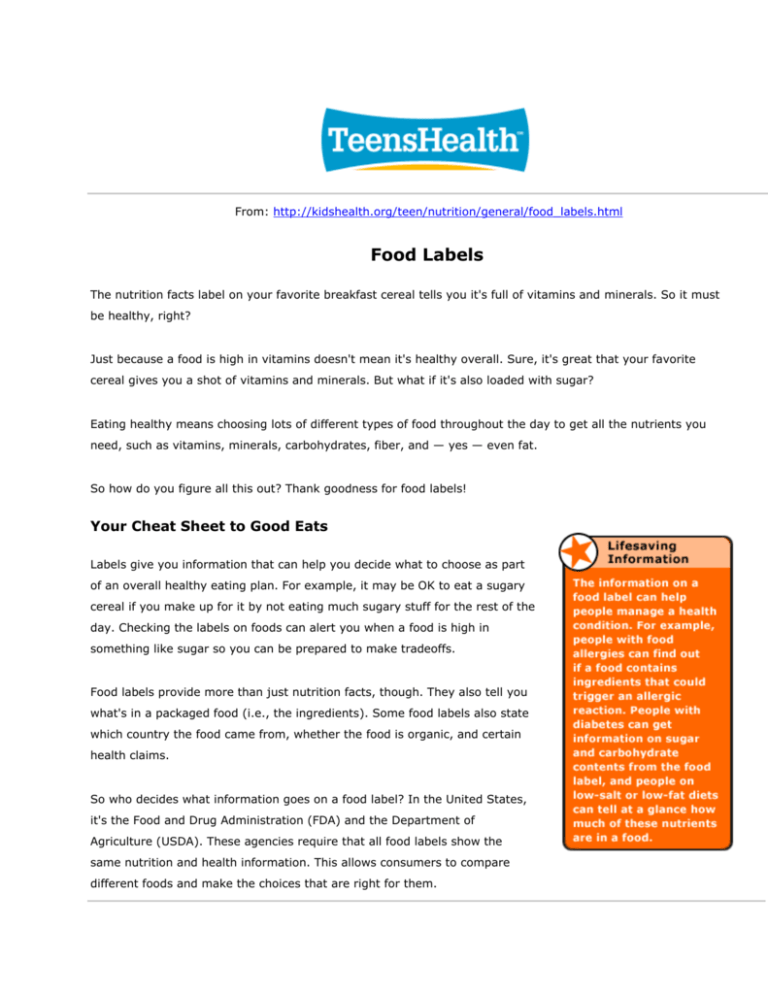
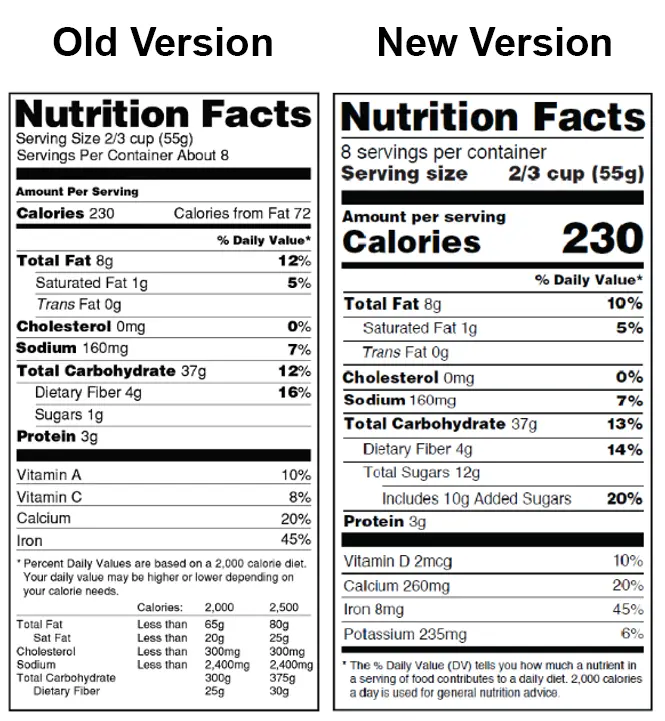


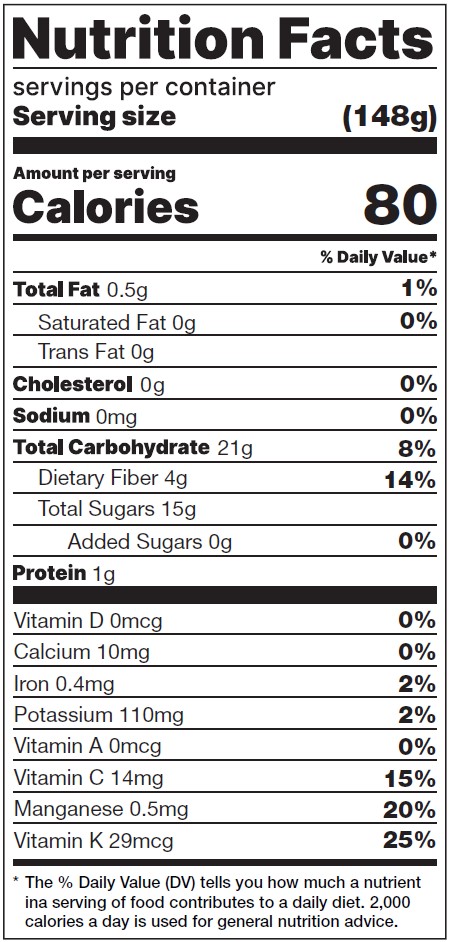


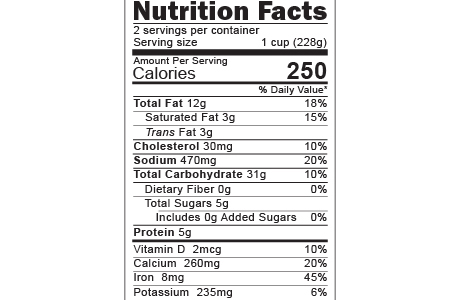

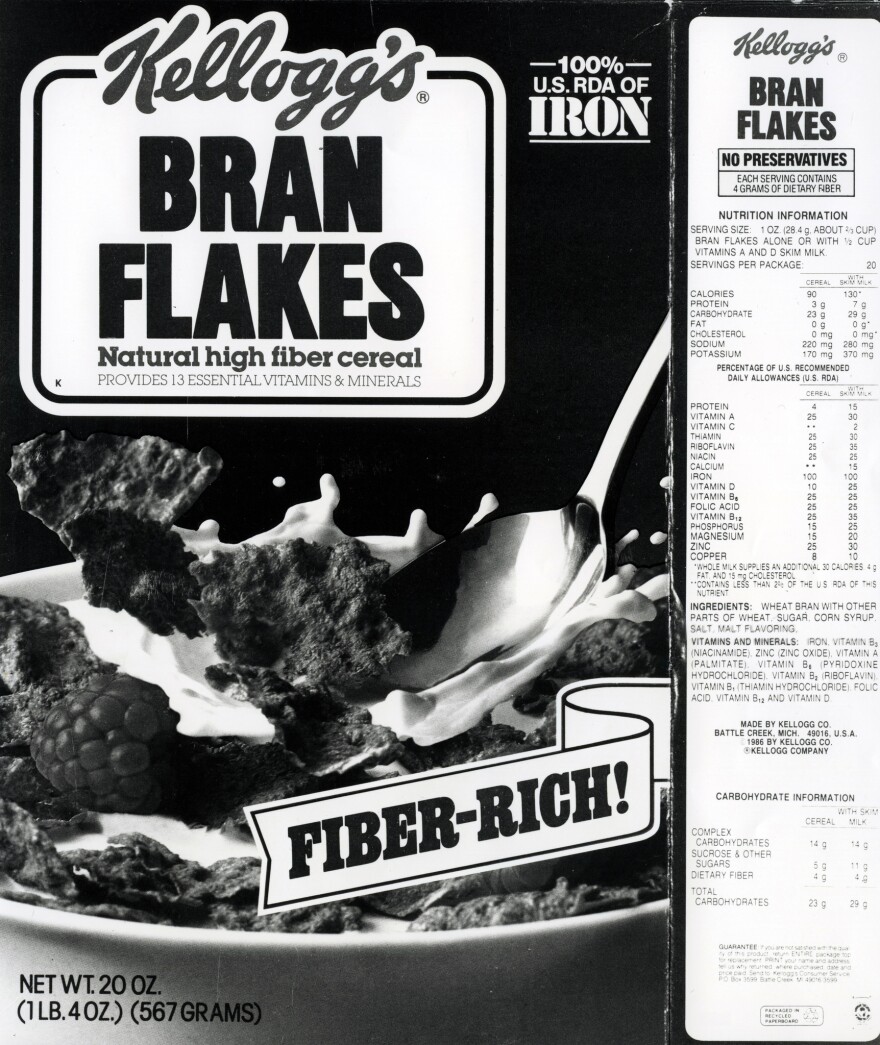

Post a Comment for "38 vitamins and minerals on food labels"